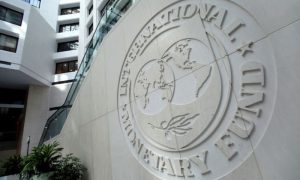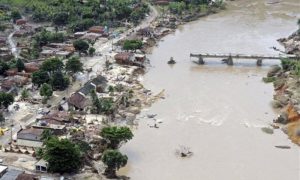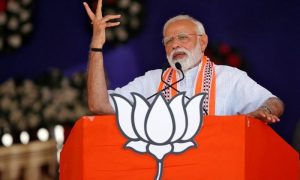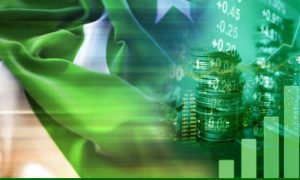Ahmed Mukhtar Naqshbandi
Pakistan’s economy – ridden with uncertain political conflicts tethers on the ledge of financial crisis and stock market at this earning ways reflects the huge downward pressure.
This new turn of the year has added nascent investment expectations of a rebound with support from IMF and friendly nations. The path seems to be non-linear and requires a multitude of macroeconomic and policy adjustments in Pakistan’s economy.
As things stand, given the lack of choices, market is likely to absorb cost of the reforms if these can bring clarity on flows – but politics remains a key spanner, a bottleneck, as it can derail the pace of execution of reforms.
Incorporation of Stop-Gap Measures – More Adjustments Needed
The redumintary challenge has been ‘urge to splurge’ i.e. tendency to stretch both fiscal & Current account every few years – for populist growth.
Any such bottlenecks in funding of ‘growth beyond means‘ trigger tightening of ambitions at the end.
For Pakistan’s economy, in the calendar year 2022, the challenges were exacerbated by politics where uncertainty dried up funding quicker and populist announcements delayed rolling back of excesses.
No doubt, the political outlook is still murky but macro options are a few and irrespective of the faces or institutions, which execute it, prerequisites of recovery entail corrective macro and fiscal (higher taxes, subsidy removal i.e. market-based energy pricing).
It is also needed for external financing (market-based exchange rate) & monetary measures and external payment measures (higher interest rates to curb demand), where stop-gap steps are already underway, in Pakistan’s economy.
Playing with the Uncertainty in Numbers
Nonetheless, the timings are still unclear, incorporating tough and painful steps in 3rd quarter of fiscal year 2023, the 2nd half of the fiscal year 2023 CPI inflation is likely to average 30-35%, in market analyst views.
It would gradually regress over a high base factor, which can be moving for averaging at 13% in the fiscal year 2024, in Pakistan’s economy.
Fiscal and Forex Side
On the expense side of the fiscal front, slippages are expected, taking the fiscal deficit to much higher at 7.6% of GDP. Simultaneously, monetary tightening is likely to continue in 3rd quarter of the fiscal year 2023.
On the external front, the current account deficit may limit to $ 10 billion over a sharper decline in imports as compared to likely slower exports and remittances.
The same is also likely to impact economic activity, bringing down the GDP growth to only 1% in the current fiscal year 2023. Any ambition to chase growth will likely be constrained by forex situation, given debt obligations. However, even after incorporating rollovers and deferments, the market foresees huge imports cover to hover around 2 times higher, while the dollar rate of may end FY23 at 280.
The dollar rate which was already at Rs 255-265 in the open and grey markets respectively, brought ht interbank in one jerk to its level.

























